University of california, riverside develops smarter battery technology that can determine if electric vehicle range can safely get you home
Tesla FSD has received its second largest update overseas since version V12.
The previous V12 version completed the end-to-end onboarding for the first time, and this V14 version integrates L4 level Robotaxi technology. Musk directly stated that this version "has consciousness."
Specifically, it has updated the following features:
Real-time adaptation: Integrate "navigation" into neural networks to enable the system to handle road closures, construction, and obstacles in real-time, dynamically re-planning routes and eliminating dependence on maps.
Parking options: you can choose to park in the parking lot or on the roadside, or you can drive directly into the garage.
Speed preference: Driving style can be customized.
Evasion: Be more responsive to road debris (such as tires, branches, boxes).
Multi-scenario optimization: actions such as unprotected turns become smoother and more human-like.
To enhance system stability, the ability to recover from system downgrades or failures has been upgraded, along with the camera's self-cleaning feature and stain cleaning reminder function.
Additionally, the system's user interface has been optimized to support one-touch activation: enter FSD from any gear with a single touch.
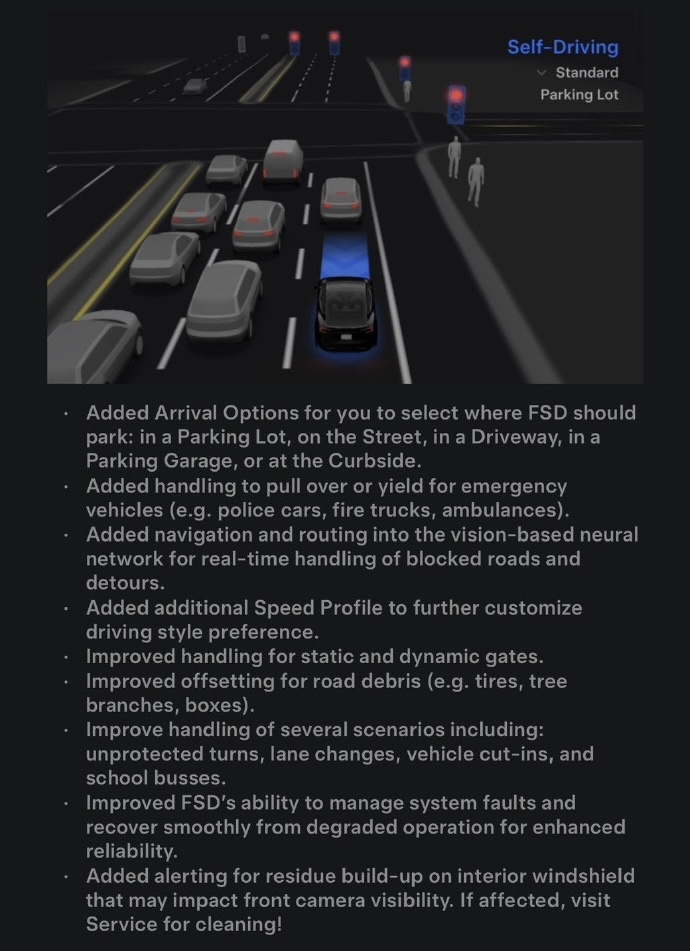
So, how is the experience of the latest version?
Overseas netizens have uploaded quite a few trending videos, among which the most impressive is one where Tesla's FSD accompanies a netizen to complete a McDonald's order.
After queuing, the Tesla drove into the McDonald's area and first stopped at the ordering window.
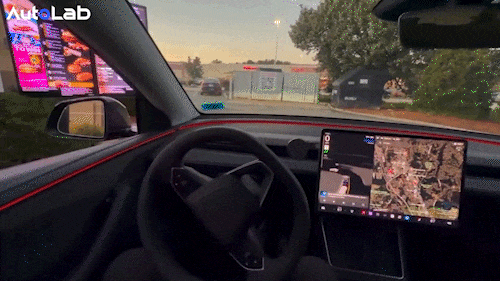
After the driver finished communicating with the attendant, the vehicle started moving forward without the driver taking any action.
The vehicle not only stopped precisely at the pickup point but also turned its steering wheel to the left in a very human-like manner to get closer to the window, making it convenient for the driver to pick up the meal.
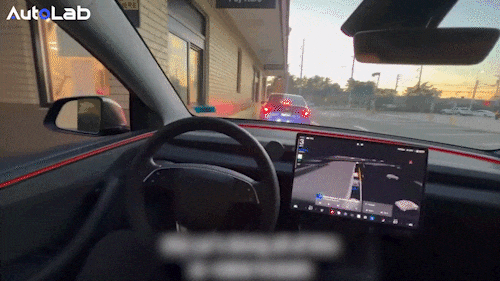
The whole set of actions seems like it's being controlled by someone.
When encountering a construction worker holding a "STOP" sign, the vehicle stopped, and the SR interface also displayed "STOP."
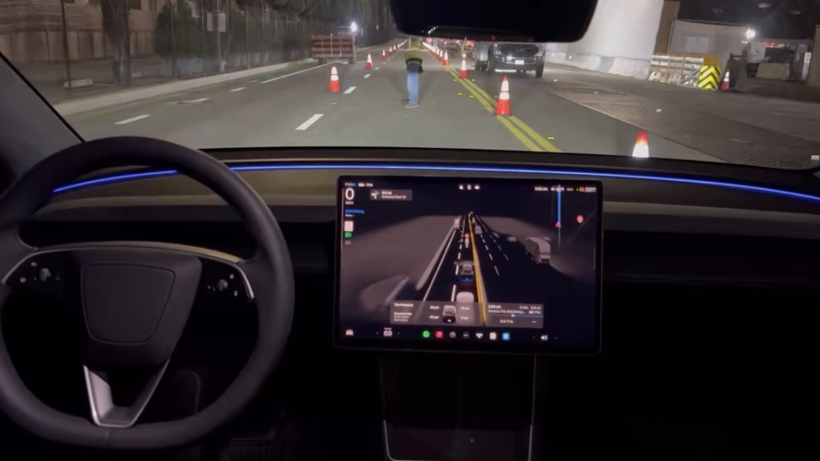
The function of avoiding special vehicles, which has already performed stably on Tesla's Robotaxi, is now also available on passenger cars.
From the video uploaded by netizens, it can be seen that when a police car was approaching from behind, his Tesla chose to pull over and park, and only started smoothly after the second police car had passed.
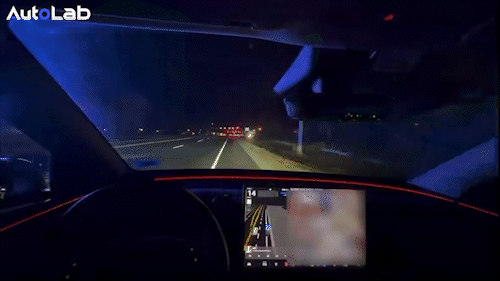
In congested city sections, when encountering an oncoming fire truck, Tesla FSD acts like a "model citizen," sensibly controlling the car to move to the right and make space.
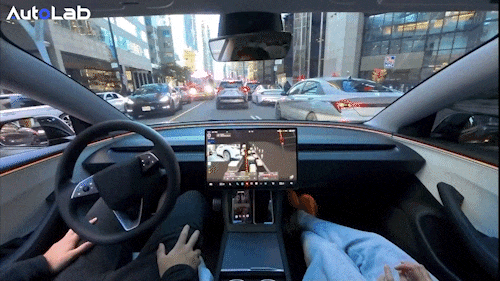
A scenario that better highlights Tesla FSD's human-like thinking is its "reversing" at an intersection.
On the screen, a Tesla is making an unprotected left turn but is unable to complete it during the green light due to the oncoming traffic.
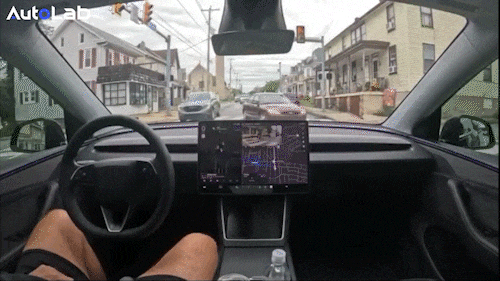
When the light was red, it was awkwardly stuck in the middle of the intersection, affecting the passage of other vehicles.
So the Tesla chose to reverse a bit, return to the original lane, and wait for the next opportunity to turn.
Whether it is trying to proceed at a green light or reversing to yield at a red light, version V14.1 makes actions that are perfectly suited to the current road conditions.
What is the difference compared to domestically?
Some features optimized in Tesla FSD version 14.1 have actually been well implemented by domestic manufacturers.
Huawei ADS's ability to avoid various roadblocks, such as maneuvering around car doors, branches, and cardboard boxes, is impeccable.
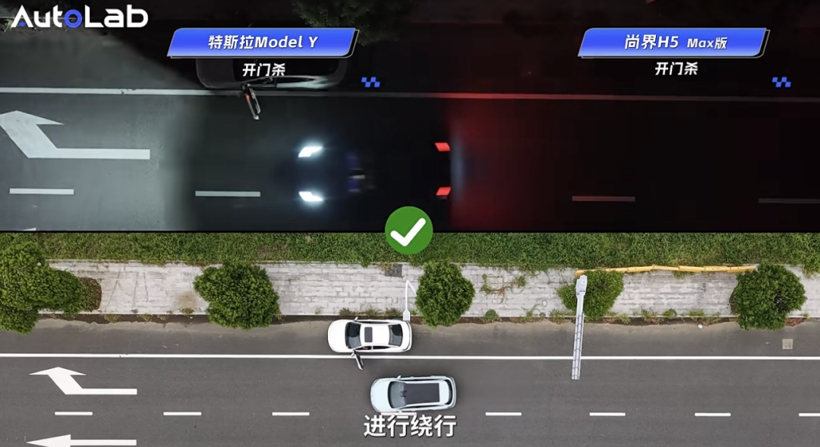
It's nothing new for the driver-assistance feature to learn the driver's style.
Manufacturers like Ideal and Zoryu support system-style customization or learning evolution.
Domestic manufacturers have long introduced cleaning functions for lidar to meet the needs for sensor self-cleaning or stain alerts, completing cleaning through technologies such as airflow blowing, constant temperature heating, and automatic brushing.
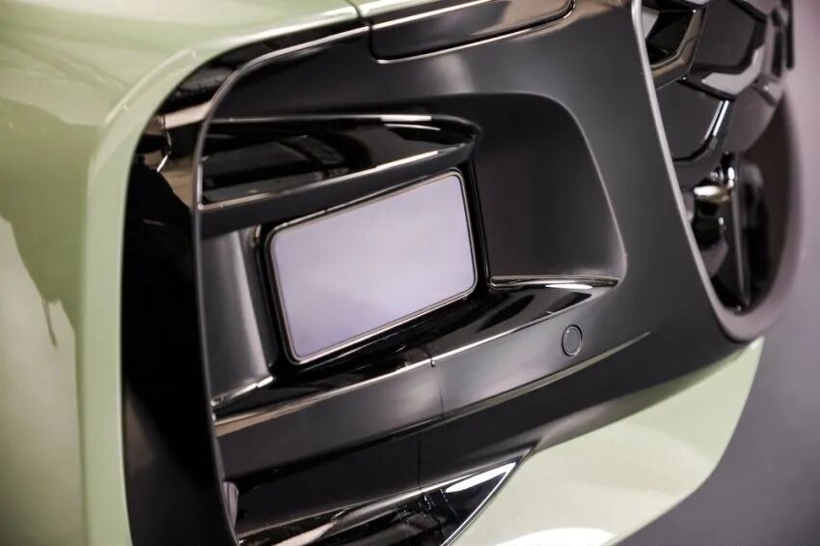
When the sensor is affected by dirt such as rainwater, the system will display "Obstructed" on the SR and degrade its functionality.
However, yielding to special vehicles is a feature that domestic manufacturers are still working on promoting.
In Huawei, XPeng, Li Auto, and other models, we can see through the SR interface that the vehicle can distinguish between regular vehicles and special vehicles such as police cars and ambulances when recognizing the environment. In the future, vehicles may be able to avoid special vehicles, but for now, they primarily follow the designated route as per navigation.
In terms of anthropomorphism and emotional interaction, apart from the smoothness of driving actions, Tesla FSD V14.1 and domestic manufacturers' approaches are completely different.
Tesla's demonstration of reversing at intersections and ordering at McDonald's is more in line with the same frequency of human driving thought in certain life scenarios.
Domestic manufacturers, on the other hand, are focusing more on system interaction and language communication.
For example, our domestic cars place great emphasis on SR interface display and voice announcements, informing the driver when actions are taken.
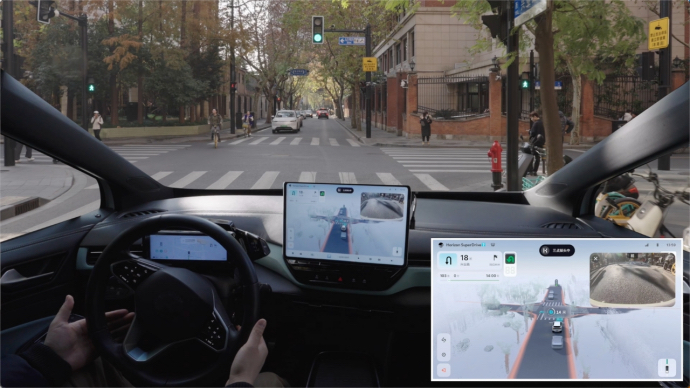
Recently, companies like Ideal and Yuanrong have launched the VLA large model, integrating language and text perception into the system.
The SR interface will display the thought process for each action, and the driver can also control the vehicle by verbally instructing "turn", "go straight", "accelerate", "pull over", etc.
Regarding language recognition, Tesla FSD's performance at McDonald's indeed seems like it can "read the room." However, from a functional standpoint, it should have undergone special training for specific scenarios.
After all, real people need to recognize the window and understand the process to know how to drive here and purchase things.
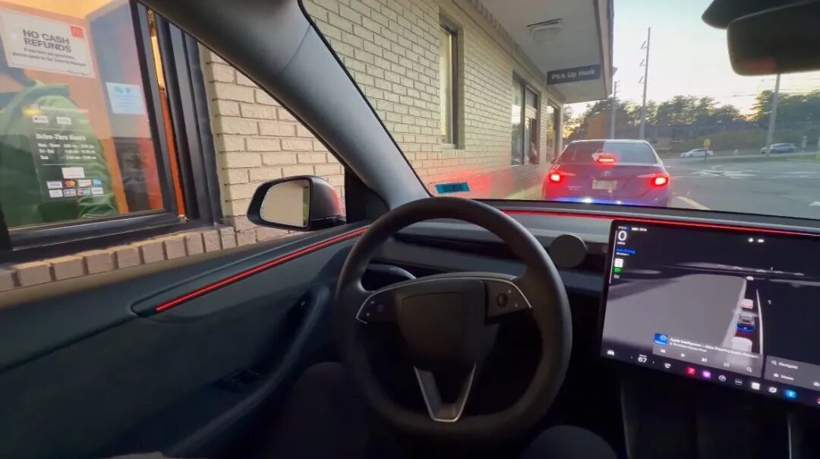
As for the car driving away right after the driver finished speaking, it might be that the system's preset pause time happened to coincide. If Tesla's FSD is now so "user-friendly," then we're indeed not far from having automotive robots.
Another very "Tesla" feature is that version V14.1 integrates navigation into the neural network, which can adapt to "current" situations while familiarizing itself with the route, making it highly anthropomorphic.
At the same time, it also has a high degree of autonomy, fully showcasing the features that it shares with Robotaxi.
Based on our domestic testing experience, its problem lies in the difficulty of setting up navigation. Not only is it impossible to add waypoints, but it is also unclear whether the vehicle is on an elevated bridge or on the ground. I wonder if everyone would accept such drawbacks during the assisted driving phase.
Can this be experienced domestically?
Elon Musk revealed that version V14.1 uses twice the training data. Of course, a large portion of this data comes from overseas Robotaxi.
So once again, it's an old topic: it's almost impossible for the domestic version to have the same experience as the overseas version V14.1.
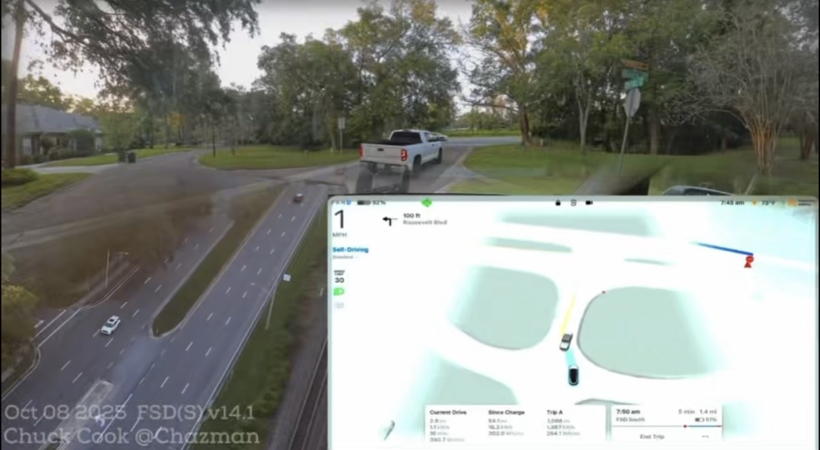
The first reason is the environment:
The domestic environment is completely different from abroad. For example, the purchasing method at McDonald's is different. Such scenarios that require special training cannot be replicated here and have to start from scratch.
The second one is route:
In the assisted driving phase, Tesla should at least address the owner's right to choose specific routes. After all, issues such as license plate restrictions, time-based traffic limitations, and road sections all affect the driver's license points.
The third is supervision:
The overseas version V14.1 still indicates the need for supervision, but it will reduce the supervision of the driver and increase autonomy.
It allows the driver to take their hands off the steering wheel and look away from the road for extended periods, exhibiting some characteristics of Robotaxi, which is also not permitted in the country.
In Conclusion
Tesla has shared its Robotaxi technology with consumer cars, not only completing the end-to-end validation of "zero high-definition maps," but also encouraging owners to use the feature more willingly, thus achieving a virtuous cycle of data and system optimization.
Specifying parking for vehicles in various places and other new features have incorporated the "taxi task flow" into private cars, laying another brick for Musk's grand vision that has been touted for 10 years.
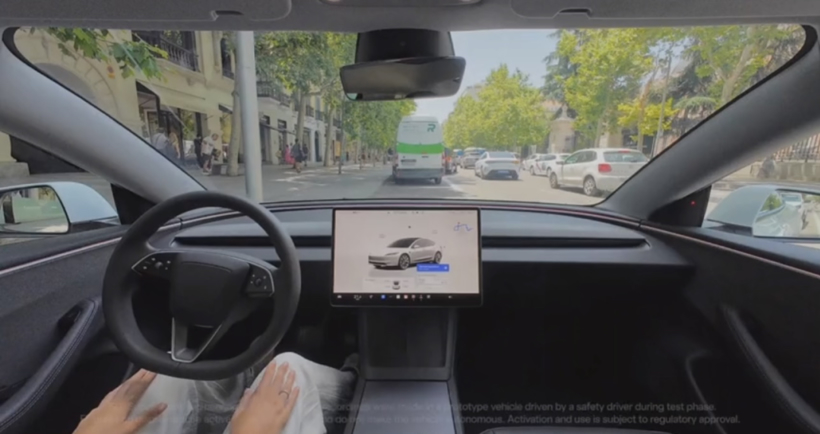
Perhaps the "letting Tesla go out and take orders to earn money when everyone is free" he mentioned is really getting closer and closer to us.
【Copyright and Disclaimer】The above information is collected and organized by PlastMatch. The copyright belongs to the original author. This article is reprinted for the purpose of providing more information, and it does not imply that PlastMatch endorses the views expressed in the article or guarantees its accuracy. If there are any errors in the source attribution or if your legitimate rights have been infringed, please contact us, and we will promptly correct or remove the content. If other media, websites, or individuals use the aforementioned content, they must clearly indicate the original source and origin of the work and assume legal responsibility on their own.
Most Popular
-

At Least 44 Dead in Century-Old Fire! Questioning Hong Kong's Hong Fu Garden: Why Has the Path to Fire Resistance Taken 15 Years Without Progress?
-

Satellite chemical's profits surge! can the 26.6 billion yuan high-end new materials project meet expectations? a review of progress on four major projects
-

Key Players: The 10 Most Critical Publicly Listed Companies in Solid-State Battery Raw Materials
-

Estun Turns Profitable in 2025 Half-Year Report, Industrial Robot Shipments Rank First Among Domestic Brands
-

Avatr Files for IPO on HKEX, Plans to Complete Listing in Q2 2026






